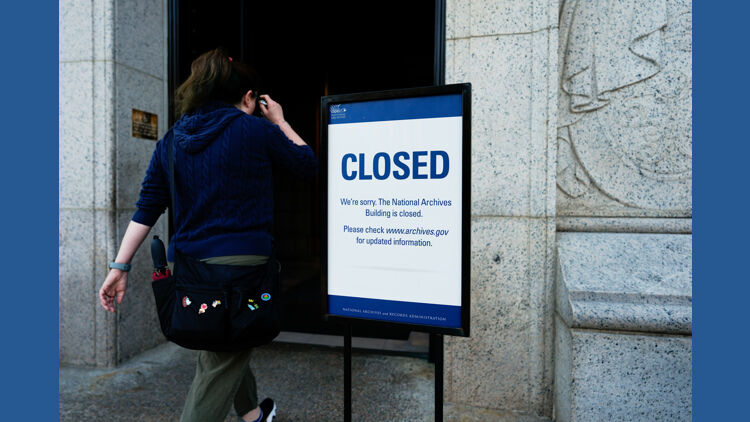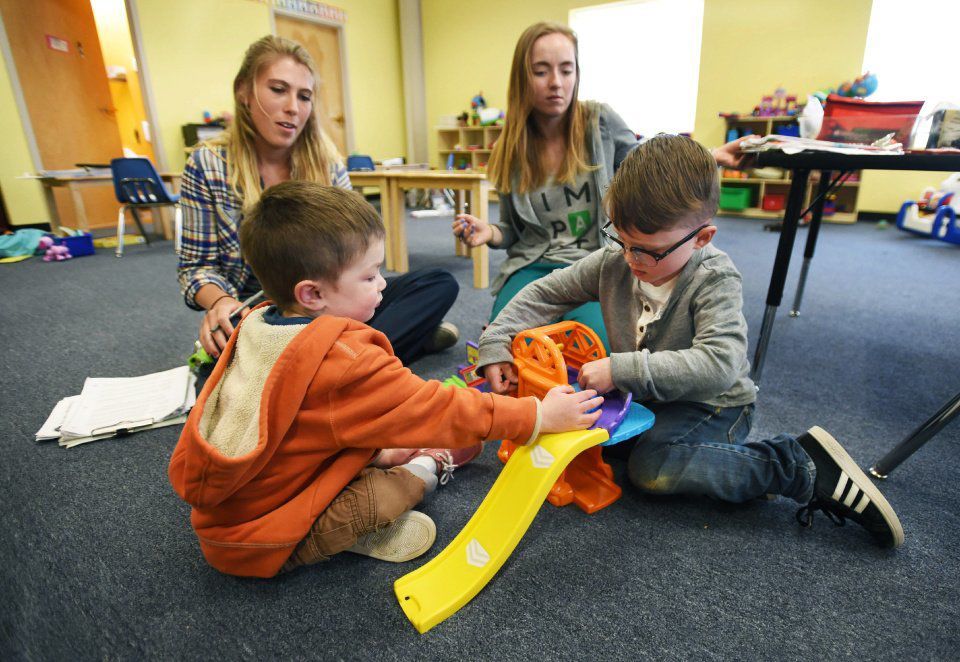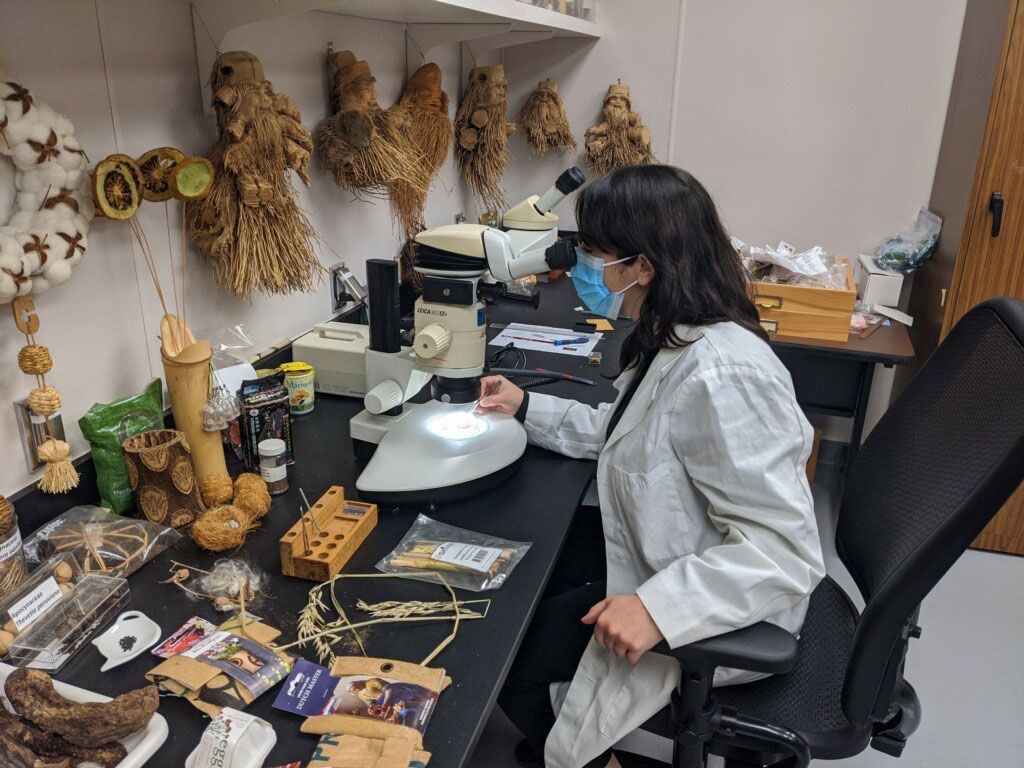What’s going on with Colorado’s medical care nightmares? | NOONAN

Emergency! Emergency! Nightmares with Colorado medical care! Even with health insurance, patients experience delays, postponements and stays in overnight overflow rooms at hospitals. MRI and other imaging procedures are scheduled weeks out as undiagnosed patients live with their symptoms. What’s going on?
First, Coloradans should try to stay healthy. Second, the people delivering care are, to a person, really helpful. They work hard to get sick, injured, or otherwise medically harmed people well.
It’s the delivery system that’s failing. Here are two examples. A 70-year-old woman fell, breaking her hip. She was taken to the nearest emergency hospital. She received immediate care including imaging on the break and drugs to relieve pain. She was given a hospital room to await surgery.
The next day, the hospital surgery filled with more seriously harmed patients. This patient received more pain medication to help her through. The day after that, she was given the boot again. Finally, on the fourth day, in the afternoon, she received surgery to repair her hip.
An 88-year-old man fell. His legs were wobbly. He scraped his arm badly. The next day, he went to his family practice doctor to check out the arm and talk about the legs. The legs were a little more wobbly. He used a walking stick to keep his balance. The doctor checked out his arm and arranged for some diagnostic tests for the legs. The tests came out normal, but the legs continued to weaken.
The patient fell again. He got an appointment for another check. The nurse practitioner suggested an MRI. The appointment was three weeks out. The patient checked in with his family practice physician who tried unsuccessfully to move the MRI date up. The patient’s legs continued to weaken. Going downstairs was perilous. A call to the medical hotline occurred and the patient was told to go to the emergency room at a nearby hospital.
The patient went to the hospital and received an MRI on his lower back. Arthritis showed up. He was given lots of prednisone. He felt better but after a few days, the legs got worse again. He received an appointment with a neurosurgeon who speculated the problem could be the upper spine, autoimmune, or a brain tumor. The patient needed more MRIs to diagnose. They were scheduled three weeks out again.
After another fall and now in a wheelchai, the patient jumped the schedule by going to the ER again. There, doctors performed the MRIs. It turned out the spine problem was at the neck. The patient was sent to an overflow room to wait for his next-day surgery. During the two months of dithering, the elderly patient lost 10 pounds and muscle tone across his body affecting his overall health.
The medical space will experience millions more of these cases as baby boomers age into bone breaks and spinal damage. Add old-age cancers, chronic diseases and dementia. Baby boomers can’t complain about their lives that have gone pretty well, overall. But the medical fates awaiting them are daunting and haunting.
Staffing appears to be the biggest bottleneck in medical care. A report in 2023 identified a potential shortage of 10,000 registered nurses in Colorado by 2026. Nurses are aging into retirement and have left the profession since the stress of the COVID devastation.
Technicians to operate MRIs and other imaging and radiology equipment are in high demand while the education and training pipeline is constrained. It’s rather like a smooshed spinal column with too much smoosh limiting the number of technicians who make their way through the training.
Radiology physicians are also in high demand with “supply” contingent on expanding radiology slots in medical schools. Geography greatly affects specialized service delivery with rural areas under particular pressure at all levels.
In general, patients are encouraged to avoid emergency rooms due to the high cost of delivering services. It appears, however, in some cases, the ER is used as the backup filtering system for patients to accelerate diagnosis. In general, an outpatient MRI can run from $400 to $1,000, including interpretation. An ER facility MRI plus interpretation can run from $1,300 to $2,800.
These problems increase dramatically for patients without insurance. The Health System Tracker estimates Affordable Care Act insurance on the individual market may go up 75% and 90% in rural locations unless tax credits are renewed. These increases will change depending on how many healthy individuals drop out of the insurance pool.
Back to our case with spinal compression and progressive leg weakness. Many Americans believe Canadians under their universal health care system have worse delays than Americans. After all, Canadians spend about half of what Americans put into their health care ($7,000 in Canada versus $13,500 in the United States).
Comparisons show non-emergency wait times are about the same in both countries (many months), but spinal compression with progressive leg weakness diagnosis and surgery occurs within weeks in Canada. In this case, the Colorado patient went from falling and staggering to barely moving his legs during two months when his surgery occurred and recovery commenced.
Paula Noonan owns Colorado Capitol Watch, the state’s premier legislature tracking platform.












